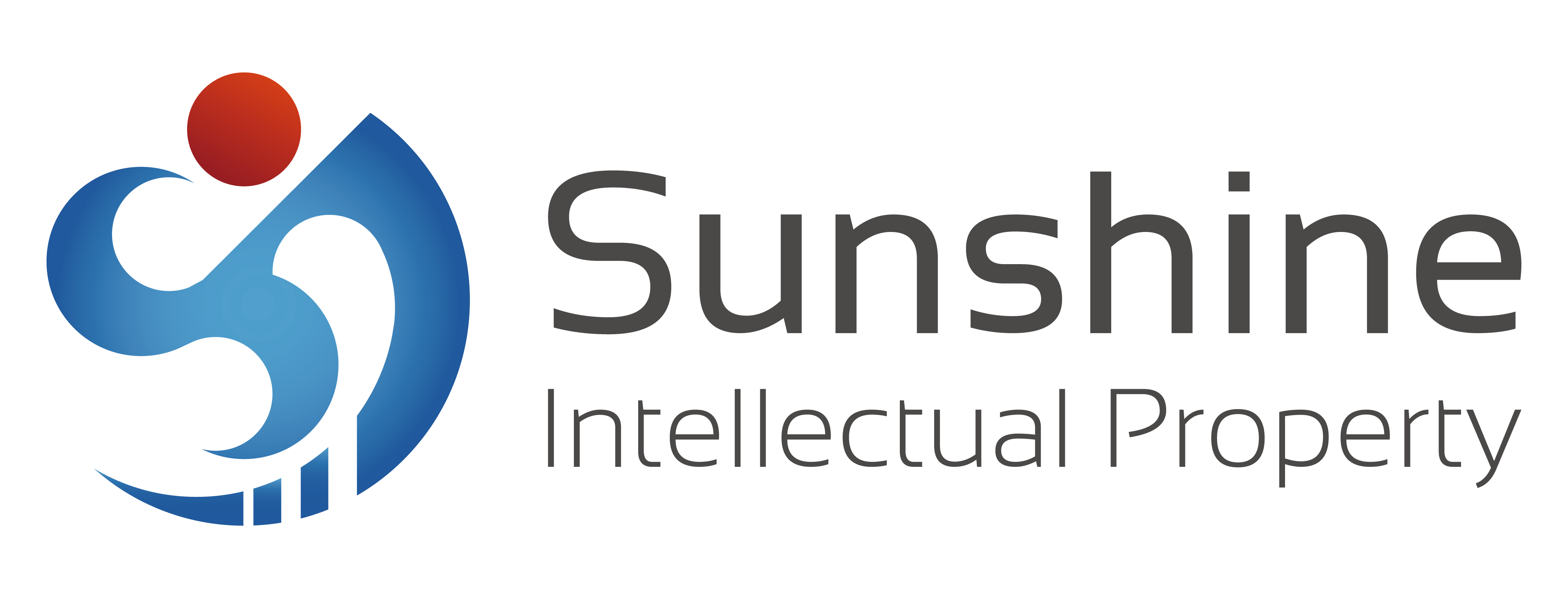Europe does not accept the principle that "substantially the same" can destroy novelty through the replacement of conventional techniques. This is the biggest difference in the determination of novelty between China and Europe. This article will focus on comparing the situations in which the patent offices of China and Europe consider "replacement" to constitute or not constitute novelty, in an attempt to identify the similarities and differences.
01 Europe does not accept the "substantial identity" principle of technological substitution, but acknowledges that disclosure based on "inherent characteristics" can destroy the novelty of subsequent patents.
Novelty mainly involves two issues: how to define prior art and how to compare new and old technologies. Regarding the first issue, Europe adopts the "absolute novelty" principle, considering any technology disclosed anywhere in the world in any form as prior art, which is the same as in China. However, for the second issue, Europe emphasizes that the subject matter must be "directly and unambiguously" derivable from the comparison documents, and it is not advisable to interpret the teachings of the comparison documents as including well-known technical equivalents. This is a matter of inventiveness (as mentioned in the Examination Guidelines G VI-1 and the Patent Reexamination Board's precedent I. C. 4.5, equivalent means are only considered in inventiveness). In China, it is believed that the replacement of conventional technical means falls within the scope of novelty.
So, to what extent does the "directly and unambiguously" mentioned by the European Patent Office need to be clear? The European Patent Office provided two examples concerning "product claims containing purpose features" (borrowing the term from the Chinese Patent Examination Guidelines).
In the case where the elastic properties of rubber are clearly utilized, the novelty of using other elastic materials is deprived.
For the claim described based on purpose, "mold for molten iron", it is obvious that ice cannot be used as the material of the mold. Therefore, this claim does not include ice as a material and thus does not deprive the novelty of using ice as a mold for molten iron. On the contrary, any known material whose properties are suitable for the conditions of this mold's use is regarded as deprived of novelty. (Examination Guidelines F IV-29)
A more direct answer appears in the discussion on "implicit feature" in the Case Law of the Boards of Appeal of the European Patent Office. The so-called "direct and clear" must be unambiguously summarized from the comparative documents (T 701/09), necessarily derived from the context (T 1523/07), a situation that practitioners in the field cannot imagine otherwise (T 287/16), and a necessary result derived from the clear description by practitioners in the field (T 1523/07, such as based on scientific common sense).
In contrast to China, the "implied characteristics" in Europe are intuitively very similar to the "inherent characteristics of the product itself" mentioned in Chapter 3.2.5(2) of the second part of the Patent Examination Guidelines of China. If a compound X can be used both as a catalyst and as a dye, and there is no difference in structure and crystal form between the two uses of X, then the difference in use alone is not sufficient to support X obtaining a second product patent.
It can be seen that if we define the scope of novelty determination, simply replacing rubber with other elastic materials in product claims containing use features does not have novelty, because the disclosed use implicitly includes inherent characteristics; while in product claims describing structure, replacing bolts with screws may obtain novelty in Europe, because "screws" cannot be "unambiguously" derived from the concept of "bolts".
The strict novelty comparison approach in Europe, referred to by the SCP as "Photographic Novelty", contrasts with the "Substantive Identity" principle adopted by China, Japan and South Korea, where the novelty determination is known as "Enlarged Novelty". In fact, around 2000, the SCP began to consider drafting a unified "Substantive Patent Law Treaty", but soon found that the differences among countries on substantive issues were too great and had to abandon the effort in 2006. Whether novelty should be "photographic" or "enlarged" was one of the difficulties encountered by the SCP at that time.
02 Prior Art Applications
In Europe, the doctrine of prior art applies regardless of whether the inventors or applicants of the earlier and later applications are the same or not, without the exception found in Japan. Even if the inventors or applicants of the earlier and later applications are the same, if the earlier application discloses the invention of the later application in its specification or drawings, etc., the later application is considered to lack novelty in relation to the earlier application.
The conflicting application as stipulated in the EPC 2000 years ago also involved the issue of designated states. However, due to the amendment that came into effect on December 13, 2007, the relevant provisions have been abolished.
Regarding opposition applications, due to the varying regulations in different countries, it is necessary to briefly summarize the exceptional circumstances:
03 European Patent Examination Process
The total official fees: For European patents, only invention patents are available. Taking online application directly to the EPO as an example, the fees include 135 euros for the application fee, 1,360 euros for the European patent novelty application, 1,840 euros for substantive examination, 660 euros for designating all member states for entry into force, and 1,040 euros for authorization. The total is 5,035 euros, approximately 40,000 RMB.
A Comparison of Global Patent Systems | The Basic Principles of Novelty Examination (European Edition)
Published Date:2025-01-24
Views:216

